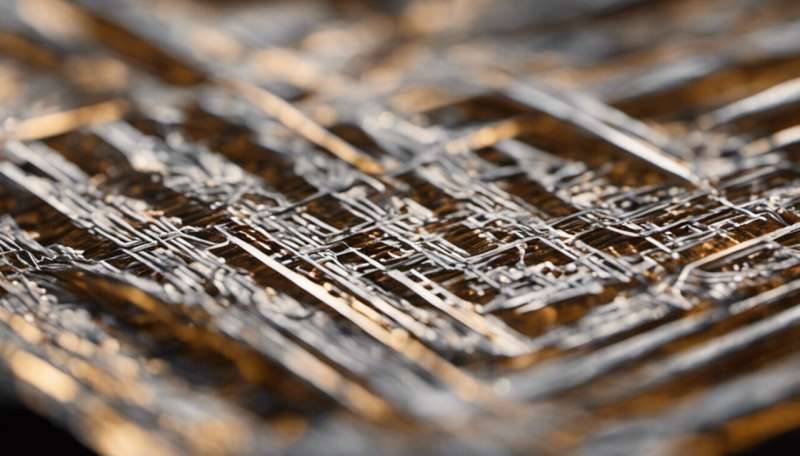New methods for achieving efficient paper recycling

In many ways paper is the perfect example of the circular economy; it is both an end product and the main raw material when recycled into the next generation of products. In order for the paper sector to remain profitable – especially important given the recent surge in raw material prices – recycling must be made as operationally efficient as possible and able to create innovative new products of higher value than before.
One key challenge to this has been determining the overall efficiency of the recycling process from start to finish. Current tools can determine, say how efficient a recycling plant is processing raw material at any one given time, but achieving a global picture of the entire process has been difficult to capture. The EU REFFIBRE project, which hosted its final conference in September 2016, has developed new tools to achieve exactly this.
Achieving recycling efficiencies will have significant – and positive – business implications for the paper sector. The policy and consumer-driven shift towards a bio-based economy (and away from a fossil fuel-based one) has had the knock-on effect of increasing demand for tree-based raw materials from sectors like energy, which has in turn driven up prices.
The project's concept is that by gathering information on the potential impact of new processes, raw material input and product innovations – and combining this information with key processing data – paper makers will be equipped to make the most informed decisions on how to run their operations as efficiently as possible.
REFFIBRE began by identifying and then testing various production and process modelling tools. As raw material selection and stock preparation can influence pulp properties, tools for predicting this have been developed. This means that key parameters, such as the Mean Fibre Age (number of times a fibre has been used before entering a paper mill) and the Mean Number of Uses (number of times a fibre will be used after leaving the paper mill), can now be calculated.
REFFIBRE partners have also worked on tools to help paper makers take into full consideration issues such as the impact on energy use outside the paper mill, and what happens if reduced quality recycling material is fed into the process. These tools were then tested under real processing conditions, and the results of each case study combined into a practical guide targeted at industry decision makers. In addition, it is expected that the results will be used to further develop industry standards.
Achieving recycling efficiencies is one way that the pulp and paper industry can mitigate raw material price increases, and at the same time reduce its environmental impact. There is a significant business opportunity here; Europe paper fibre is recycled an astounding 3.5 times a year; world-wide the average is 2.4 times. The recycling rate in Europe reached 71.7 % in 2012. All this strongly suggests that the infrastructure for paper recycling is already in place. And now, thanks in part to the REFFIBRE project, so is the technology.
More information: For more information, see: reffibre.eu/
Provided by CORDIS


















